How To Set Up Meat Grinder To Stuff Sausage
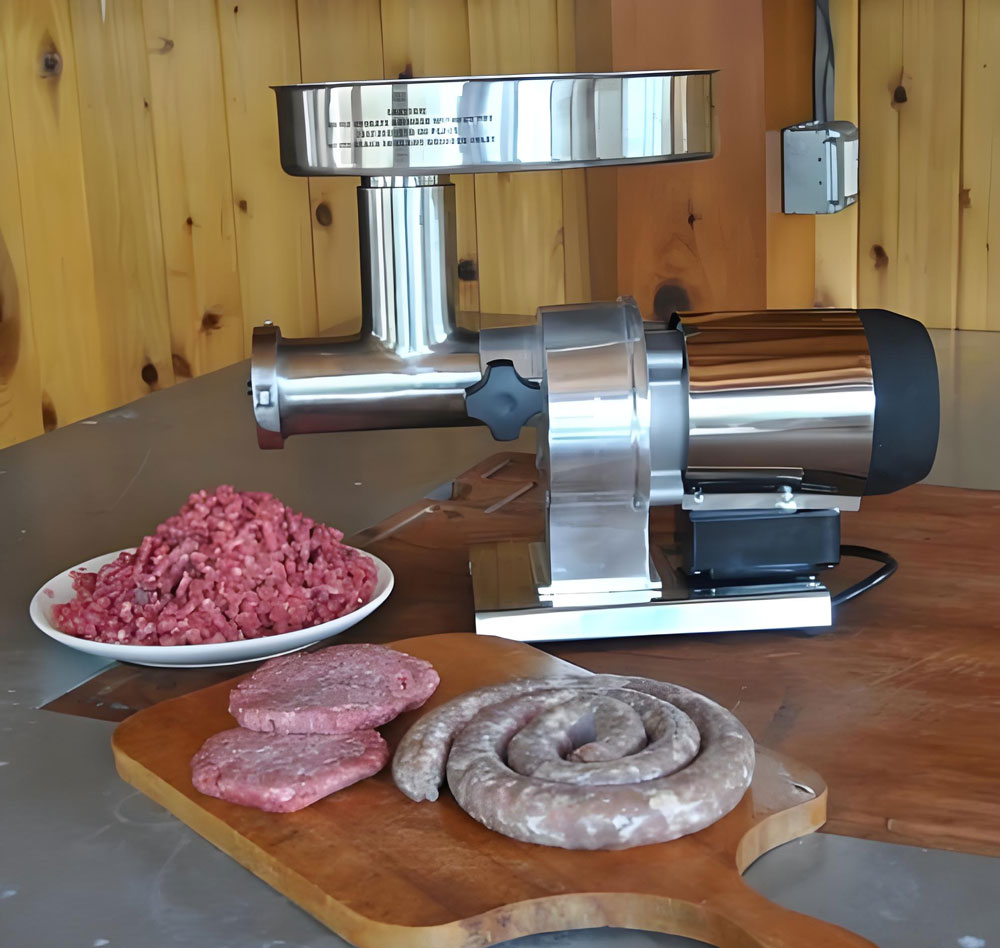
Introduction to Stuffing Sausage with a Meat Grinder
Stuffing sausages using a meat grinder is an efficient and rewarding process, ideal for those who love creating their own homemade sausages. By combining meat grinding with sausage stuffing capabilities, a meat grinder becomes a versatile tool that simplifies the entire sausage-making process. The benefits are numerous: faster production, consistency in texture, and the ability to customize your sausages with your choice of seasonings and meat types. Unlike traditional manual stuffing methods, using a meat grinder reduces effort while offering professional-grade results.
Overview of the process and benefits of using a meat grinder for sausage stuffing
A meat grinder transforms your sausage-making experience by grinding meat and stuffing it into casings with ease. The grinder ensures uniformity in texture and prevents the common issues of inconsistent filling that occur when done by hand. The real benefit lies in the speed and ease of the process; rather than spending hours hand-stuffing, a meat grinder can stuff large quantities in a fraction of the time.
Why choose a meat grinder for sausage stuffing instead of other methods?
A meat grinder provides a more streamlined process than manual stuffers or hand methods. With a grinder attachment, it’s easy to grind, mix, and stuff all in one go, making it an all-in-one tool that reduces time spent on prep and clean-up. Furthermore, its ability to grind and stuff quickly results in more consistent sausages that hold together better during cooking.
Understanding the Components of a Meat Grinder and Sausage Stuffer
To successfully stuff sausages using a meat grinder, it’s essential to understand the key components and their functions. Meat grinders are built with specific parts that work together to ensure efficiency and consistency. The sausage stuffing process relies heavily on additional attachments to convert your grinder into a stuffing powerhouse.
Key parts of a meat grinder: motor, auger, and grinding plates
The motor drives the auger, which moves the meat through the grinding plates. These plates come in various sizes and allow you to achieve different grind textures, from coarse to fine, depending on the sausage style you’re making. The auger ensures continuous flow, and the motor provides the necessary power to handle large quantities of meat.
Essential sausage stuffing attachments for your meat grinder
The sausage stuffing tube is the key attachment that allows your meat grinder to stuff sausages. It fits onto the grinder’s outlet and is designed to push ground meat into casings. Some grinders come with various tube sizes, allowing you to stuff sausages of different diameters.
How the sausage stuffer tube enhances the stuffing process
The stuffing tube ensures that meat is evenly packed into the casing without air pockets. It’s an important tool for achieving the perfect texture, as it forces the meat into the casings smoothly. A properly fitted stuffing tube also prevents unnecessary mess and ensures that no meat is wasted.
Choosing the Right Meat Grinder for Sausage Stuffing
Selecting the ideal meat grinder for sausage stuffing can be a daunting task with so many options on the market. To make an informed decision, it’s essential to consider your specific needs and the features of the grinder.
Manual vs. electric meat grinders: Which is best for you?
Manual grinders offer greater control over the speed and texture of your sausage stuffing but require more physical effort. They are ideal for small batches. On the other hand, electric meat grinders provide higher power and speed, making them perfect for large quantities or commercial use. The choice depends on your usage frequency and production requirements.
Factors to consider when selecting a meat grinder for sausage stuffing
When choosing a grinder, consider its motor power, durability, and the number of attachments it includes. A grinder with a high wattage motor will perform better under continuous use, especially if you plan to grind and stuff large quantities. Look for models with built-in stuffing tubes or those that offer easy-to-attach stuffing attachments.
Matching your grinder size with your production needs
Smaller grinders are ideal for home use, but if you're processing large amounts of meat, a larger commercial-grade grinder will be more efficient. The size of your grinder determines how much meat can be processed at once, so consider your output needs before making a decision.
Preparing Your Meat Grinder for Sausage Stuffing
Before starting the stuffing process, proper preparation of your meat grinder is essential for smooth operation and a high-quality result.
Properly cleaning your meat grinder before starting
Always clean your grinder thoroughly before use to remove any leftover meat or fat. This ensures hygiene and prevents cross-contamination between batches. Use warm, soapy water and a brush to clean hard-to-reach areas, such as the auger.
Ensuring all parts are securely attached and functional
Before stuffing sausages, check that all parts of your grinder are securely attached. The grinding plates, auger, and stuffing tube must all fit correctly to prevent mishaps during operation. Additionally, ensure the motor is functioning properly and that no parts are loose or damaged.
Lubricating the grinder for smooth operation
Lubricate key components, such as the motor and auger, to ensure smooth movement during the stuffing process. Proper lubrication reduces friction, making the process more efficient and preventing excessive wear on parts.
Choosing the Right Sausage Casings
The casing is what holds the sausage together and affects both its texture and appearance. There are different types of casings, and choosing the right one is crucial to the quality of the final product.
Natural vs. synthetic casings: What you need to know
Natural casings, often made from hog or sheep intestines, are prized for their traditional, authentic look and feel. They are permeable, allowing the sausage to breathe and develop a better texture. Synthetic casings, typically made from collagen or cellulose, are easier to handle and more uniform in size. Choose the type based on the flavor and texture you're aiming for.
Selecting the correct size and type of casing for your sausages
The size of the casing should match the diameter of the stuffing tube to avoid bursting or uneven stuffing. For smaller sausages, such as breakfast links, use thinner casings. Larger sausages, like bratwurst, require thicker casings to hold the contents securely.
How to prepare casings for stuffing
Soak natural casings in warm water to soften them and remove any salt before use. Rinse them thoroughly to ensure there’s no residual salt or debris inside. Synthetic casings typically don’t require soaking, but it’s important to follow the manufacturer’s instructions.
Assembling the Meat Grinder for Sausage Stuffing
Once your meat grinder and sausage casings are ready, it’s time to assemble the grinder for the stuffing process.
Attaching the sausage stuffing tube to the grinder
Place the stuffing tube onto the grinder’s outlet, ensuring it’s securely attached. Make sure the tube fits snugly, as any gaps can cause leakage during the stuffing process.
Securing the filler tube to prevent leaks and spills
Tighten the stuffing tube to the grinder to avoid any leaks or spills while stuffing. A secure connection ensures that the meat flows smoothly into the casing.
Choosing the right stuffing nozzle size for your sausage
Select the appropriate stuffing nozzle size based on the diameter of the sausage casing. A nozzle that is too large can cause overstuffing, while one that is too small can result in understuffing.
Prepping the Meat for Sausage Stuffing
Now that your grinder is ready, it's time to prepare the meat for stuffing. The quality of your stuffing depends on the meat you choose and how well you prepare it.
Selecting the best cuts of meat for sausages
Choose high-quality cuts of meat that are suitable for sausage making. Pork, beef, and chicken are commonly used for sausages, but you can mix different meats for unique flavors. The fat content is also essential for achieving the right texture and mouthfeel.
How to grind your meat for optimal texture and stuffing
For the best results, grind your meat through a coarse plate first, then follow with a finer grind. This ensures the right consistency and texture for the sausage. Grind the meat while it’s chilled to prevent fat from smearing.
Using the right ratio of fat to meat for ideal sausage texture
A common ratio is 70% meat to 30% fat, but this can vary depending on the type of sausage. Too much fat can make the sausage greasy, while too little can lead to a dry texture. Experiment with different ratios to find the perfect balance for your sausages.
How to Stuff Sausage Using a Meat Grinder
Stuffing sausages with a meat grinder is a simple process, but it requires precision to achieve the best results.
Step-by-step guide to filling the sausage casing with your grinder
Begin by sliding the casing onto the stuffing tube, ensuring it’s fully threaded. Start the grinder and gently push the meat into the casing, being careful not to overstuff. Keep the casing taut as you go to avoid air pockets. Twist the sausage at regular intervals to form individual links.
How to control the speed for consistent stuffing
Control the speed of the grinder to ensure a consistent flow of meat into the casing. Too fast, and the sausage may burst; too slow, and you risk air pockets forming. A steady, controlled pace ensures the best results.
Tips for preventing air pockets during the stuffing process
To prevent air pockets, avoid overstuffing the casings, and ensure they’re tightly packed with meat. If air pockets form, gently tap the casing to release the air or prick it with a pin.
Common Mistakes to Avoid When Stuffing Sausage with a Meat Grinder
While using a meat grinder to stuff sausages can be a straightforward process, there are common mistakes that can affect the quality of your sausages.
Overstuffing or understuffing the casings
Both overstuffing and understuffing can result in uneven sausages. Overstuffed casings may burst, while understuffed ones will lack proper texture. Pay attention to the amount of meat in the casing as you stuff.
Not securing the casing properly
Failing to secure the casing at the end can lead to leakage or difficulty in tying the sausages. Make sure to tie the ends securely and check for any gaps in the casing.
Using the wrong grinder speed for sausage stuffing
Grinders with adjustable speeds should be set to a medium speed for optimal stuffing. Going too fast can cause problems, while too slow may result in an inefficient process.
Troubleshooting Common Issues During Sausage Stuffing
What to do if the meat is not flowing properly
If the meat is not flowing, check that the auger is working smoothly and that no clogs have formed in the grinder. Sometimes, air can get trapped in the tube, so tapping it gently may help.
Must-Read Blogs For Chain Restaurants Owner






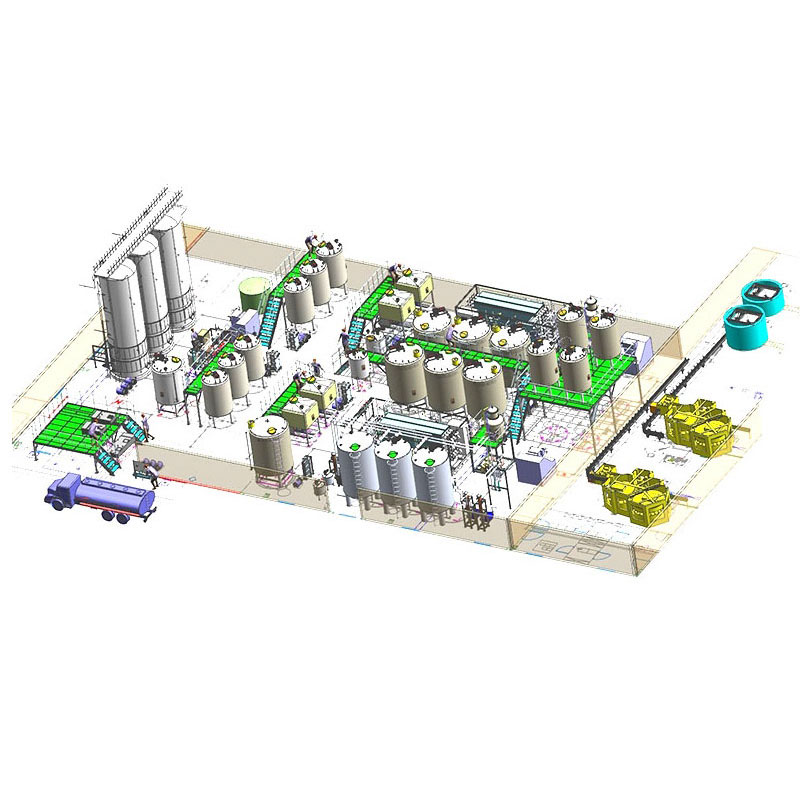



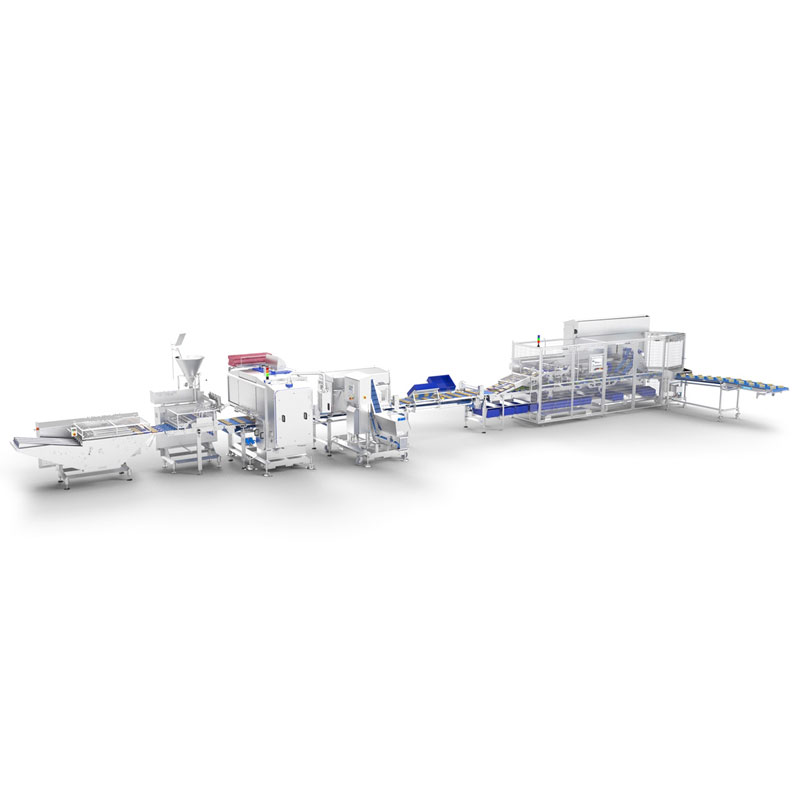
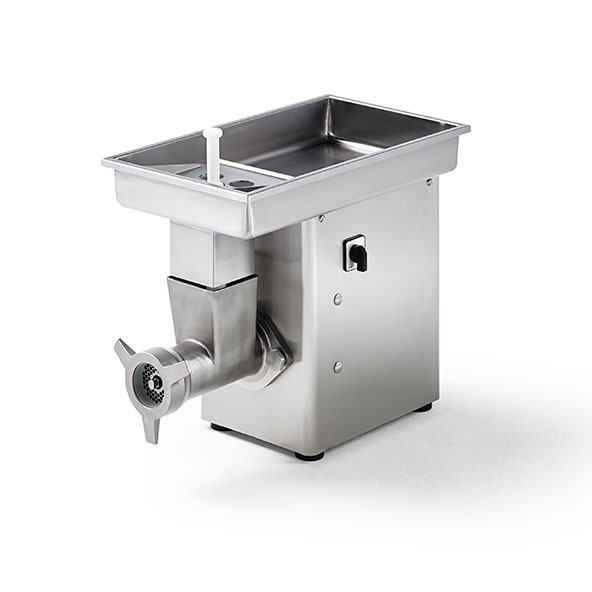 Heavy Duty Commercial Meat Grinder
Heavy Duty Commercial Meat Grinder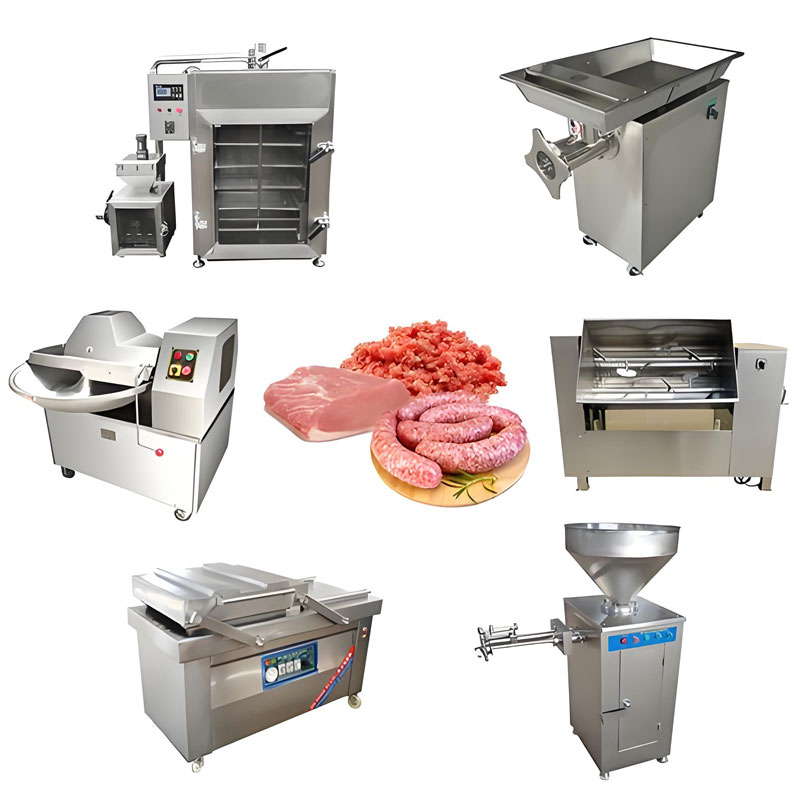 Sausage Stuffer Machine
Sausage Stuffer Machine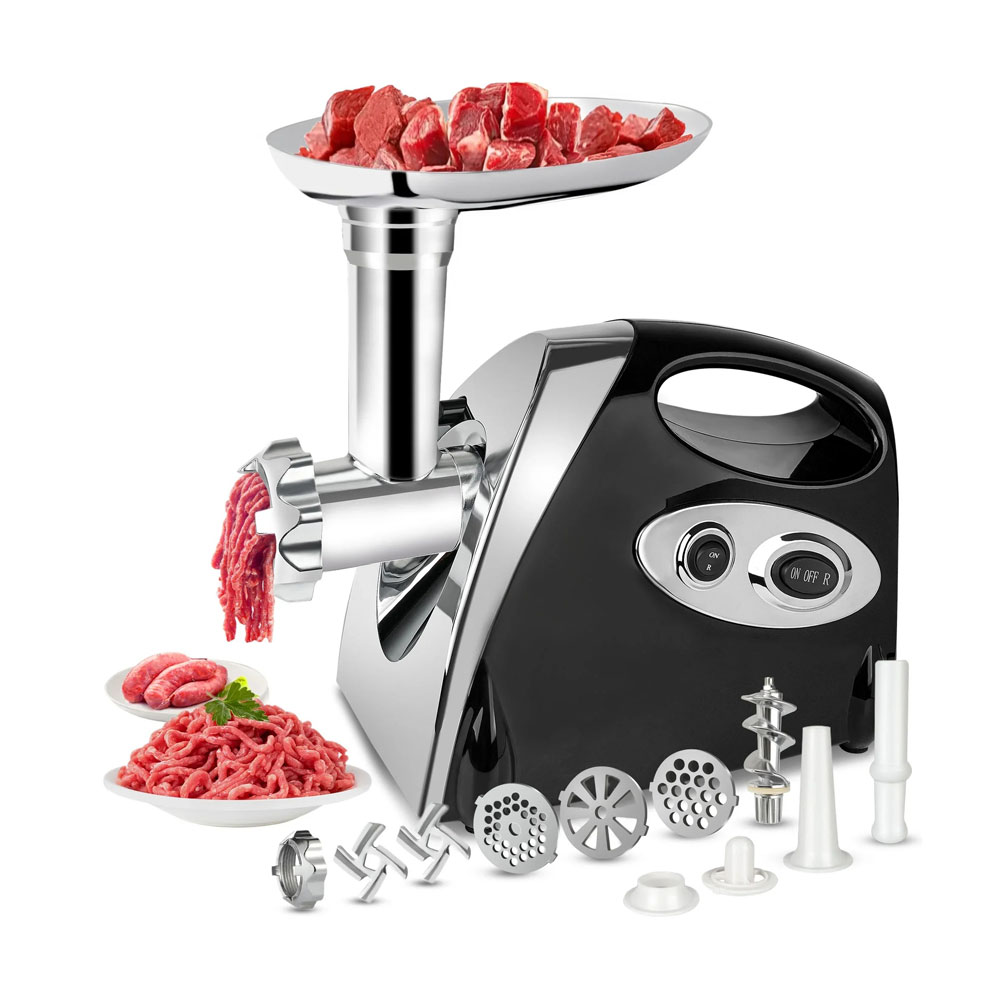 Meat Stuffer Machine
Meat Stuffer Machine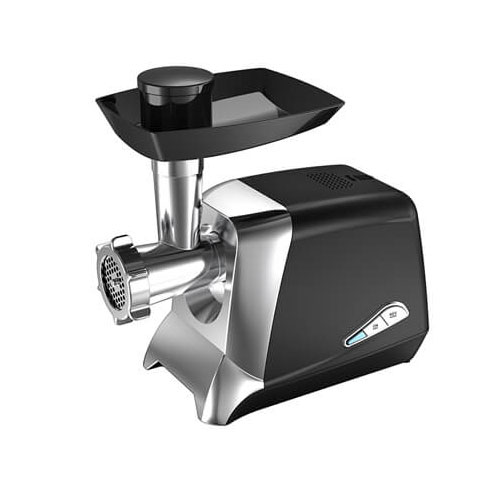 Household Meat Grinder
Household Meat Grinder
Ready to Get Started?